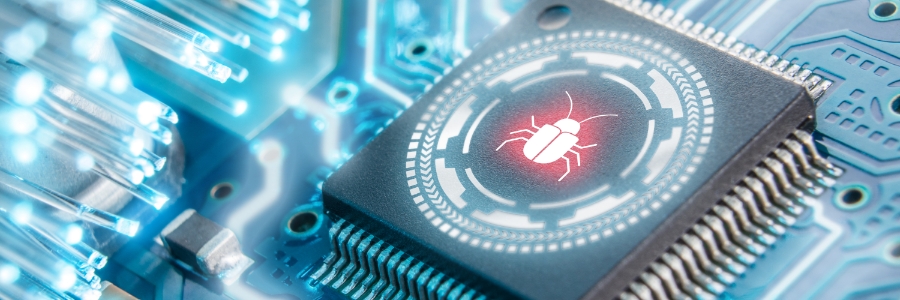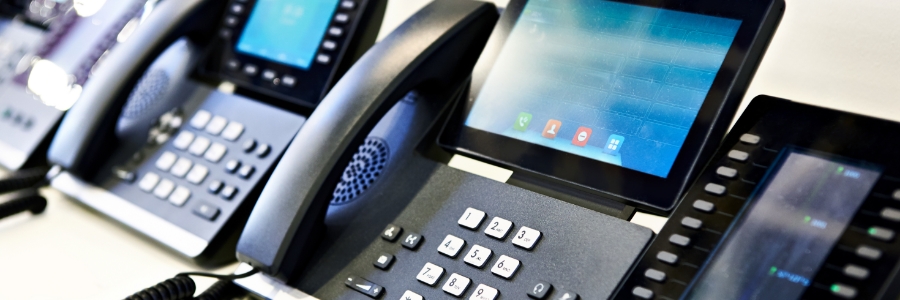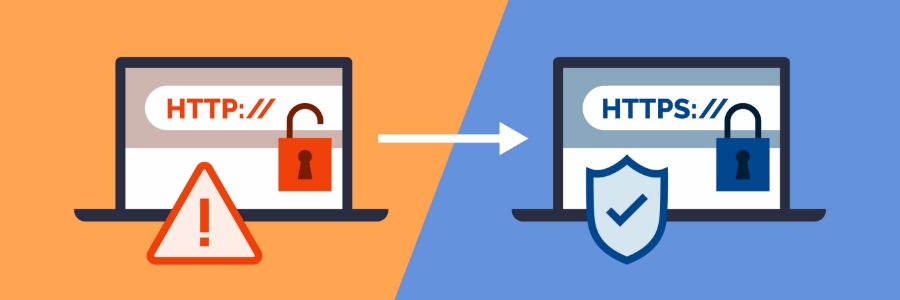If you’re like most business owners, you’re always looking for ways to keep your business secure. One way to do this is by keeping your firmware up to date. In this blog, we’ll explain why it’s important to update your firmware to secure your business. What does firmware do? Firmware is a type of software… Continue reading Update your firmware to secure your business
Update your firmware to secure your business









